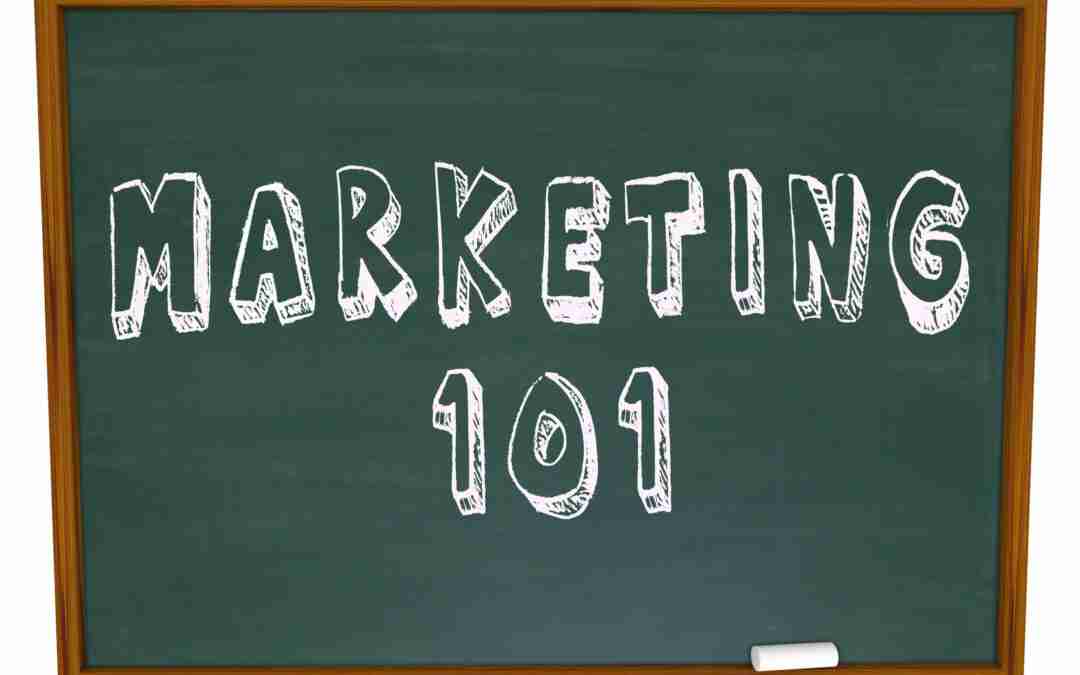Marketing 101: Marketing Plan Strategies and Tactics
Being busy does not always mean real work. The object of all work is production or accomplishment and to either of these ends there must be forethought, system, planning, intelligence, and honest purpose, as well as perspiration. Seeming to do is not doing. Thomas A. Edison.
You’ll find that there are numerous marketing plan outlines to choose from… most are perfectly fine to use. Much of your decision will come down to personal preferences, so feel free to select one that meets your needs – as long as it contains the most important sections.
However, avoid using boiler-plated, fill-in-the-blank, one-size-fits all… you know, the kind where you just slip in your company’s name, address, products and the like.
Samples and templates are wonderful, but your marketing plan will be meaningless if you take too many shortcuts. Don’t worry about the “words,” but pay attention to your inputs.
I use a two-part, five-section plan (a template for this is included in Chapter 13 of “The Procrastinator’s Guide to Marketing“) because it’s uncomplicated and easy-to-follow, yet “meaty” enough for any purpose.
The five main sections are:
1. Executive Summary.
2. Situational Analysis.
3. Marketing Strategies.
4. Tactics and Marketing Communication.
5. Budgets and Measurements.
And don’t let the official-sounding titles scare you – they’re really nothing more than commonly used jargon for simple elements.
These sections are included in two main parts: strategies and tactics.
What are strategies?
A few years ago, I stumbled across a brilliant “military” definition for the term – one which we’ve paraphrased below:
“Strategy involves planning and deploying scarce resources and selecting the tactics and tools necessary to achieve an objective.”
This is worth committing to memory because it:
- Reminds us that strategies and tactics work together… one cannot be substituted for the other.
- Recognizes that all business owners have limited resources (i.e. time, energy, money, people) which must be leveraged for the best-possible results.
What is leverage?
Quite simply, leverage means “control” or “advantage.” In this case, the goal is to maximize your influence over events so that your inputs (work, money, time, effort) result in the highest possible outputs (customers, profits, prosperity), as illustrated in the following formula:
Lower / Same Input + Maximum Leverage = Highest Possible Output
It’s simply another way of rephrasing that old maxim: work smarter, not harder.
The strategies sections of your plan will, among other things, state your goals; articulate your product and service features and benefits; define your target audience, and communicate your company’s:
- Mission and vision.
- Strengths and weaknesses.
- Major opportunities and threats.
What are Tactics?
The second main part of your plan is devoted to “tactics” – the actions you’ll take and the tools you’ll use to support your overall strategies.
It will contain explicit, measurable activities as well as, the specifics sales channels, communication vehicles and other methods you’ll use.
This part will also contain your incremental sales and revenue forecasts (i.e. the direct impact of your actions); benchmarks for success and how that will be measured, and an itemization of all associated expenses.
In addition to your direct expenses be sure to also consider the “opportunity costs” associated with every action. In other words, every thing you do must be weighed against your other alternatives… or what you chose not to do. Huh, you say?
Okay, let’s say one of your direct sales tactics is to spend every Monday and Tuesday “on the road.” So, you get in your car one morning, hop in your car and drive to one of your prospect’s location. It takes you two hours to get there; then you spend an hour with your contact and another two hours to drive home – a total of five hours.
And since none of us gets more than 24 hours in a day, and you’ve only set aside two days a week for cold-calling, it’s best to objectively assess, beforehand, what else you could be doing with that time. For example, you should ask questions such as,
- “How likely is it that this prospect will become a profitable customer?;”
- “How many local prospects can I visit in the same amount of time?”, and
- “Which is a better use of my time.”
In other words, in addition to the traveling expenses directly associated with your day-long trip you must also add up the potential costs of missed opportunities.
Syndication Permissions: If you’d like to use this article on your website or blog, you have our permission as long as you do not alter it in any way and you agree to include the following byline at the end of the article keeping active links back to this site, intact
Mary Eule Scarborough, an unassailable marketing expert and thought leader, helps businesses of all sizes get and keep more profitable customers. She is also:
- A former Fortune 500 marketing executive, …
- The founder of two successful small businesses, …
- An award-winning speaker, …
- A Certified Guerrilla Marketing coach, and …
- Co-author of three books (to-date): “The Procrastinator’s Guide to Marketing“, (Entrepreneur Press, November, 2007), “Mastering Online Marketing” (Entrepreneur Press, January, 2008), and “Guerrilla Marketing On The Internet” (Entrepreneur Press, July, 2008).
- Qualified with a BA in Journalism / English from the University of Maryland, and …
- Qualified with a Masters degree in marketing from The Johns Hopkins University.
Log onto her website: www.StrategicMarketingAdvisors.com for free marketing articles, tools, tips and templates…or to learn more about her books, products and services.

